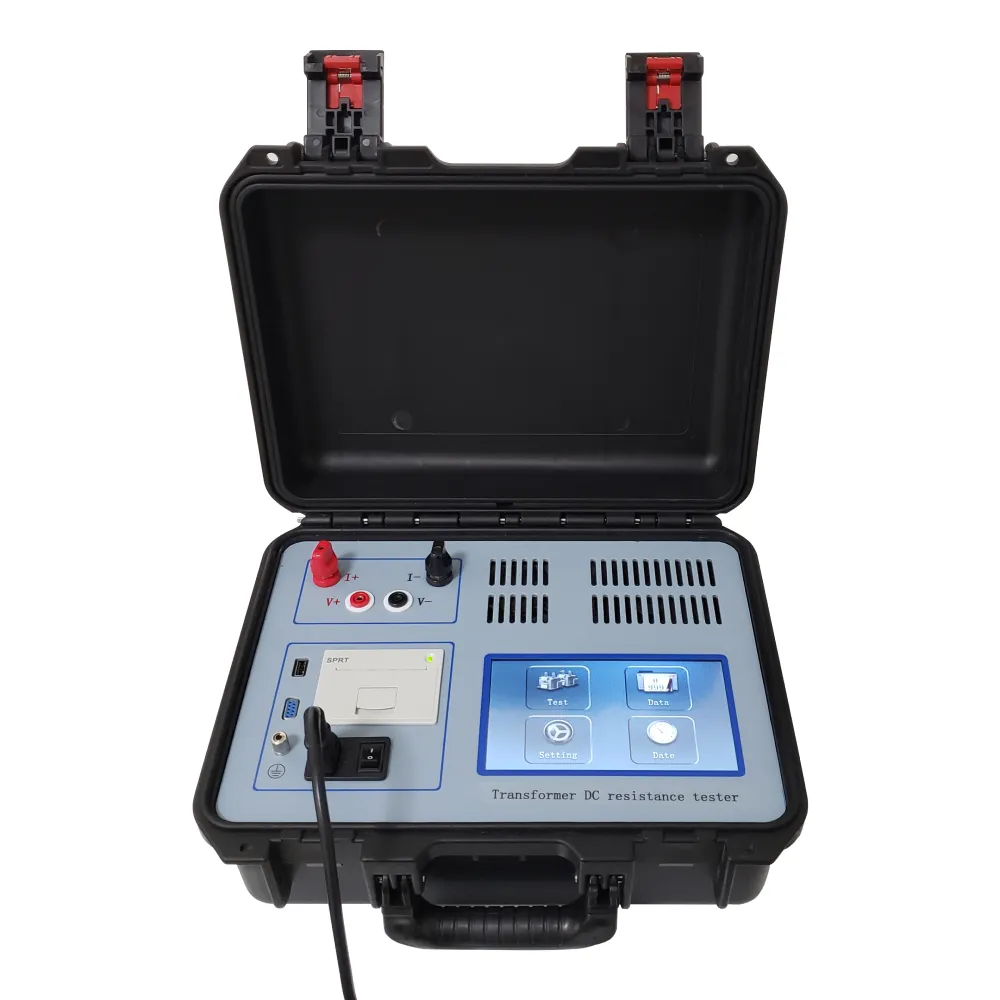 English
English


Methods and Techniques for Generating Impulse Current in Electrical Engineering Applications
Generation of Impulse Current
Impulse current refers to a transient electrical current that occurs for a very short period, typically within microseconds to a few milliseconds
. This type of current is crucial in various applications, ranging from testing electrical equipment to simulating lightning strikes and studying the effects of transient events. The generation of impulse current involves several principles of physics and engineering, particularly in electrical and electronic systems.The most common method of generating impulse current is through the use of specialized equipment known as impulse generators. These devices are designed to produce high-voltage pulses that can create the required surge of current. There are several types of impulse generators, including Marx generators and capacitor discharge circuits. Each has its unique principles of operation, but they generally rely on charging a capacitor and then discharging it rapidly to produce a short burst of current.
One of the primary applications of impulse current generation is in the testing of insulation systems, such as those found in transformers, circuit breakers, and other high-voltage equipment. By subjecting these systems to impulse currents, engineers can assess their dielectric strength and ability to withstand transient surges. This testing is crucial for ensuring the reliability and safety of electrical infrastructure, especially in environments prone to lightning or switching surges.
Moreover, impulse current generation is also employed in electromagnetic compatibility (EMC) testing. Here, devices are subjected to simulated lightning strikes or electrostatic discharges to evaluate their performance and resilience against such events. This is particularly important for consumer electronics, automotive systems, and aerospace applications, where sudden surges can lead to malfunction or damage.
generation of impulse current

The phenomenon of impulse current creation also extends to research areas, such as material science and high-energy physics. In these fields, researchers often utilize impulse currents to study the effects of high-energy transients on different materials and components. For instance, the impact of lightning strikes on buildings and structures can be simulated using impulse currents, providing vital data to engineers working on the design of lightning protection systems.
A significant aspect of impulse current generation is the mathematical representation of current waveforms. The most recognized waveform for impulse currents is the double-exponential waveform, which is characterized by a rapid rise and fall time. This representation is essential for understanding how the current behaves over time and for analyzing its effects on devices under test.
In addition, understanding the characteristics of impulse currents involves knowledge about parameters such as peak current, rise time, duration, and the decay of the waveform. These factors are critical for determining the appropriate application and effectiveness of impulse currents in various testing and research scenarios.
Safety considerations are paramount when working with impulse currents. Due to their high voltage and short duration, they can pose significant risks to both equipment and personnel. Therefore, proper safety protocols, protective gear, and equipment design are crucial for preventing accidents during the generation and measurement of impulse currents.
In conclusion, the generation of impulse current plays a vital role in many domains, from testing electrical equipment to conducting research in advanced materials and high-energy physics. Through the use of specialized generators and an understanding of transient phenomena, engineers and scientists can simulate and analyze the effects of high-energy surges, enabling them to improve the safety, reliability, and performance of electrical systems. As technology advances, the methods for generating and utilizing impulse currents will continue to evolve, opening new avenues for exploration and innovation in electrical engineering.
-
Differences between open cup flash point tester and closed cup flash point testerNewsOct.31,2024
-
The Reliable Load Tap ChangerNewsOct.23,2024
-
The Essential Guide to Hipot TestersNewsOct.23,2024
-
The Digital Insulation TesterNewsOct.23,2024
-
The Best Earth Loop Impedance Tester for SaleNewsOct.23,2024
-
Tan Delta Tester--The Essential Tool for Electrical Insulation TestingNewsOct.23,2024





